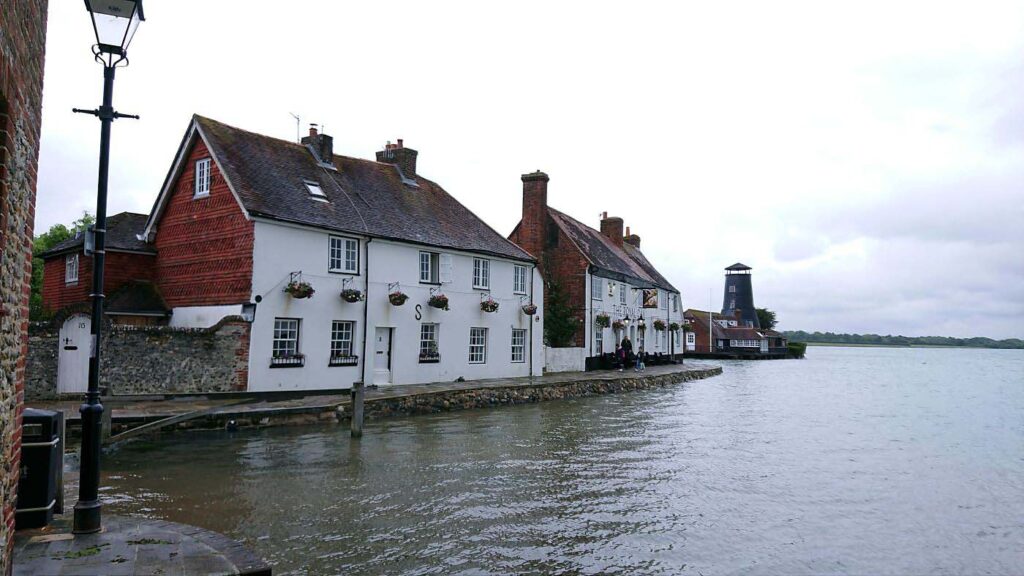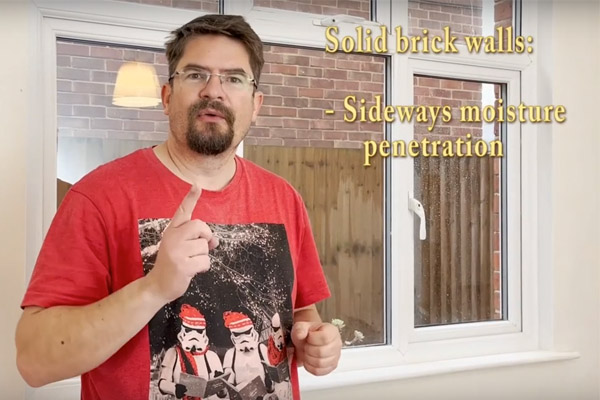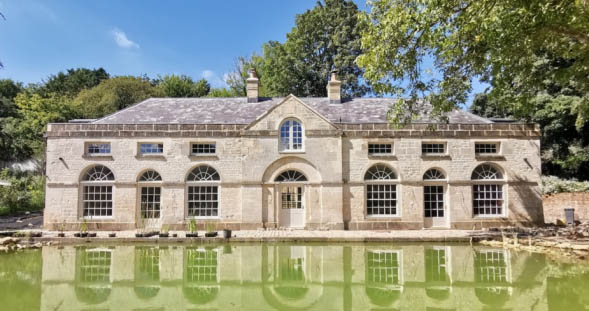How to deal with moisture?
... and how to keep water out using traditional, breathable materials?
It is possible to render cellars, basements, and underground structures watertight by systematically addressing each of the five common sources of moisture individually:
1. Penetrating damp: The walls are in permanent contact with the damp soil. Consequently, water infiltrates the building fabric, leading to persistent evaporation on the interior surfaces of the wall.
2. Ground waters: Old cellar walls and floors, being situated at the lowest points of the building, absorb water and salts from the ground. In scenarios of high water tables, this can lead to excessive rising damp or even flooded basements.
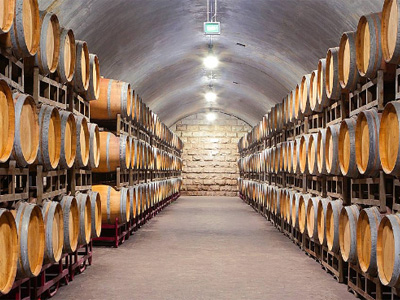
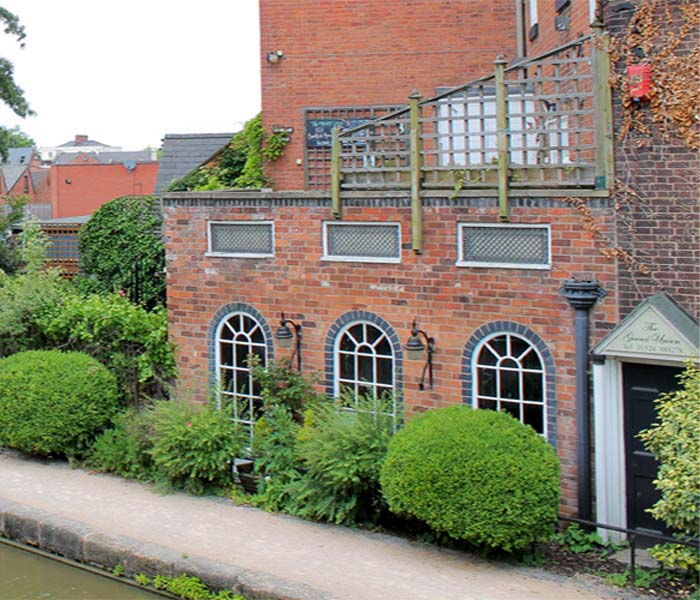
3. Water ingress: The ageing process, coupled with dampness and continual salt crystallisation, deteriorates the pointing and building fabric, rendering old basements vulnerable to more serious water infiltration and leaks.
4. Condensation, and often mould: The continuous evaporation from the walls and floors leads to elevated air humidity, inducing condensation on cold surfaces. This condensed moisture is then recycled back into the walls.
5. Dampness caused by past incorrect renovations: Renovating old cellars with non-breathable materials, such as cement tanking or damp proof membranes, causes moisture to accumulate behind them. Eventually, this trapped moisture will find a pathway in, manifesting as serious damp issues wherever it emerges.
The Ideal Waterproofing Solution Must Be...
When restoring or converting an old or listed cellar, you’re somewhat constrained in your options. You’ll need a solution that not only performs effectively but also complies with all building conservation requirements. Hence, the ideal waterproofing solution must be:
– Waterproof: To prevent liquid water infiltration, penetrating damp, and groundwater seepage—effectively maintaining dry conditions in underground areas.
– Breathable: To allow water vapours to pass through, thereby preventing the buildup of moisture within the building fabric.
– Salt Resistant: The soil surrounding cellars contains plenty of nitrates, a type of salt commonly present in ground moisture. The crystallisation of salts is the primary cause of premature deterioration in lime plasters. Any lime plaster intended for use in cellars should be capable of withstanding all types of salts without sustaining damage.
– Not too hard: So it doesn’t harm the original, more delicate building fabric while possessing adequate mechanical strength to withstand water pressure.
– Long lasting
How is it achieved?
A live demonstration featuring a thermal scan test
A Nod to Roman Wisdom: the 1st coat
This is one of the rare recipes that have been rediscovered and are now available for application in old buildings in the 21st century, known as Rinzaffo MGN Roman base. Its internal pore structure has been brought to life again, allowing it to block (larger) liquid water molecules while permitting (smaller) water vapour molecules to pass through. In essence, it functions similar to a highly refined filter.
A Nod to Roman Wisdom: the 2nd coat
Cocciopesto Deumidificante MGN is an Ancient humidity regulator, instead of extractor fans or dehumidifiers, and it worked just fine with a bit of natural ventilation present.
This was the Romans’ solution to condensation and mould issues.
This ancient innovation rooted in the concept that the porosity of lime and crushed terracotta provides the plaster with excellent vapour permeability and exceptional air humidity regulation capabilities.
Originally a Phoenician plaster adopted and refined by the Romans, it demonstrated remarkable success in constructing aqueducts, Roman baths, wells, and underground structures.
Mr Naldo Busato, CEO of MGN
Third generation Building Restoration Master craftsman, with hands-on experience from the Venice World Heritage site

